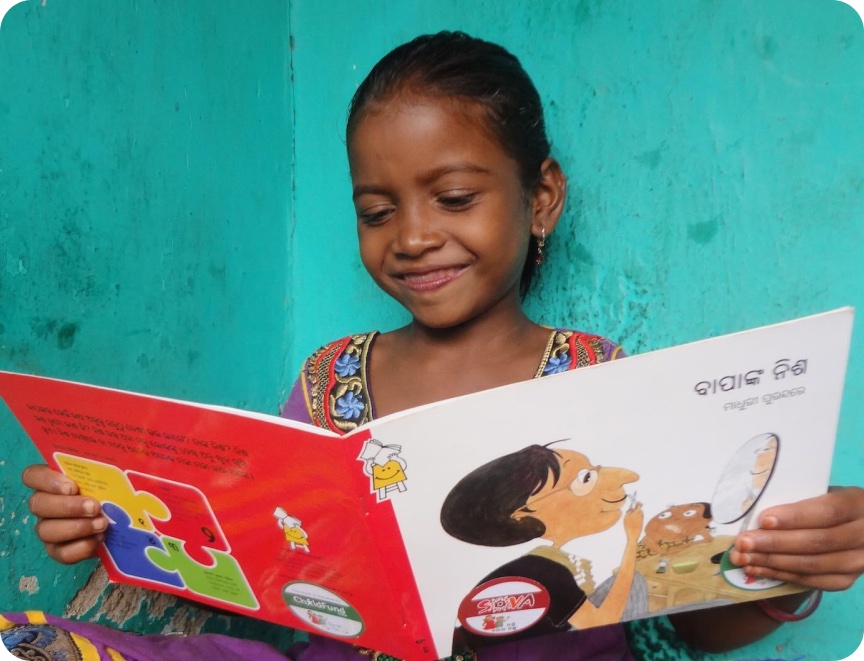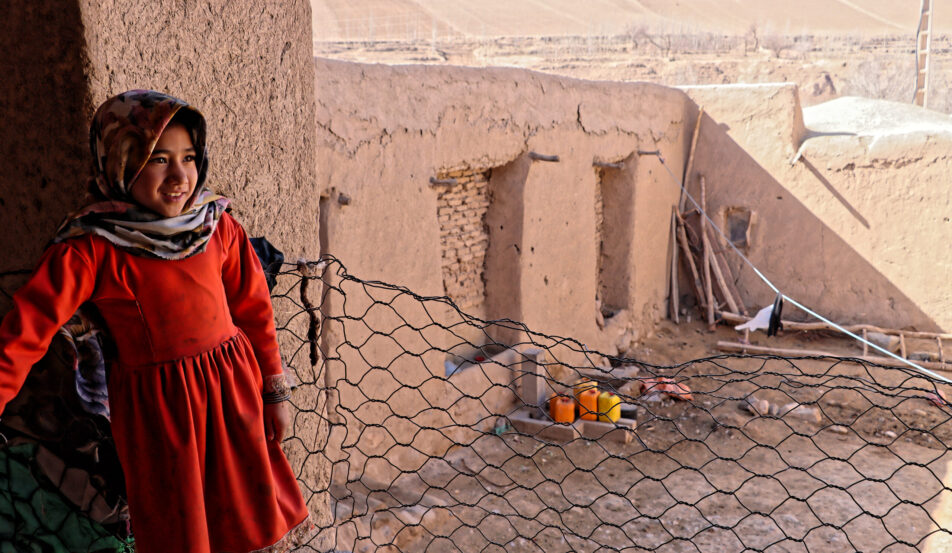How can we ensure child protection in humanitarian actions?
The Alliance for Child Protection in Humanitarian Action defines Child Protection in Humanitarian Action (CPHA) as the prevention of and response to abuse, neglect, exploitation and violence against children in humanitarian action.
The majority of people affected by humanitarian emergencies are children, according to the UNCHR Global Trends Report. Millions of children currently live in countries affected by humanitarian crises and disasters. In 2018, almost 50 million children were in need of protection in humanitarian settings, according to Save the Children’s report, Unprotected: Crisis in Humanitarian Funding for Child Protection.
In times of crisis, children face an increased risk of all forms of violence and exploitation including trafficking, physical and sexual abuse, and landmines.
- Millions of children are on the move in search of a better life, often due to poverty, conflicts, and climate change.
- Pandemics and infectious disease are presenting new threats to the well-being of children, as stated by the United Nations Secretary General in his policy brief on COVID-19.
- In emergencies, children can be separated from their families, trafficked, recruited, or used by armed forces.
- According to The Alliance for Child Protection in Humanitarian Action, of which ChildFund Alliance is a member, children are recruited and used by armed forces in at least 25 nations. This is a significant increase from the 13 nations estimated to be recruiting children in 2007.
- Children’s vulnerability to economic exploitation and physical or sexual abuse increases during emergencies. According to 2016 International Labor Organization estimates, 4.3 million children are engaged in forced labour worldwide and one million are victims of commercial sexual exploitation.
- Thousands of children are killed or injured every year by explosive weapons and landmines. Nearly one million children are affected by the presence of dangerous landmines that also limit their access to essential services, and one in four landmine victims are children, according to a report by The Child Protection Working Group.
Funding for child protection, however, is alarmingly limited. Child protection receives an average share of only 0.5% of total humanitarian funding, which totaled $27.3 billion in 2017. In 2018, less than $4.50 was spent per child in need of protection for the whole year. The lack of resources for child protection puts children’s survival and development at risk.

ChildFund and CPHA
ChildFund Alliance is committed to supporting the rights of children during humanitarian crises. The Alliance prioritises both short- and long-term child protection in its responses to emergencies. In humanitarian crises such as floods, earthquakes, conflicts, or pandemics, our response addresses the needs as expressed in the standards established to provide protection for children. In addition to addressing the effects of disasters, our prevention work focuses on reducing and mitigating disaster risk for children. ChildFund Alliance supports children and communities before, during, and after crisis through:
- Providing safe spaces for children
- Working to strengthen the child protection systems
- Provision of food and life savings services
- Child and youth-led development
- Disaster risk reduction activities
- Child- and youth-focused preparedness
- Participating and coordinating with external coalitions, committees, networks and working groups specialising in children in humanitarian actions, such as the Alliance for Child Protection in Humanitarian Action
- Returning to community development during the reconstruction phase
Disaster Risk Reduction (DRR)
ChildFund’s Disaster Risk Reduction strategy aims to:

- Support members in mapping child protection risks and existing local child protection mechanisms
- Provide a member-accessible tool box that is available for adaptation across contexts and existing programs (accompanied by training and materials)
- Create a platform for sharing information among members
- Adapt the Child-friendly Accountability model to engage youth in safe DRR strategies at the community level
- Promote meaningful youth leadership and engagement in community-level DRR processes.
The Alliance established a Task Force on Child Protection in Humanitarian Action (CPHA) and Disaster Risk Reduction (DRR) in July 2017. The Task Force is a cross-functional group comprising staff across Alliance members who have expertise and specialisation in child protection in humanitarian actions, emergencies and programs. The role of the Task Force is to provide guidance and coordination to support the CPHA & DRR objectives and activities of the Alliance.
Current CPHA Work
Child Protection and COVID-19

Currently, ChildFund Alliance members are supporting children and communities in the wake of the global COVID-19 crisis. The pandemic has resulted in millions of infections, hundreds of thousands of deaths, and social and economic disruption worldwide. It is especially dangerous for children and families living in fragile economies. As millions of jobs are lost, the cost of food and necessities rise, and our overburdened health systems struggle to treat the infected, millions of children will suffer from poverty, violence, and exploitation.
During this unprecedented time, ChildFund launched Forward Strong: COVID-19 Response Plan, which outlines life-changing services and resources to support children in the more than 60 countries where we work. ChildFund’s COVID-19 response plan focuses on:
1. Stopping COVID-19 from infecting children and families.
2. Ensuring children get the food they need.
3. Keeping children safe from violence.
4. Helping children continue their learning.
The Alliance’s CPHA & DRR Task Force, in collaboration with our Country Offices, aim to increase comprehensive child protection programs across ChildFund Alliance to address the risks to children and the most vulnerable during the COVID-19 recovery phase.


































